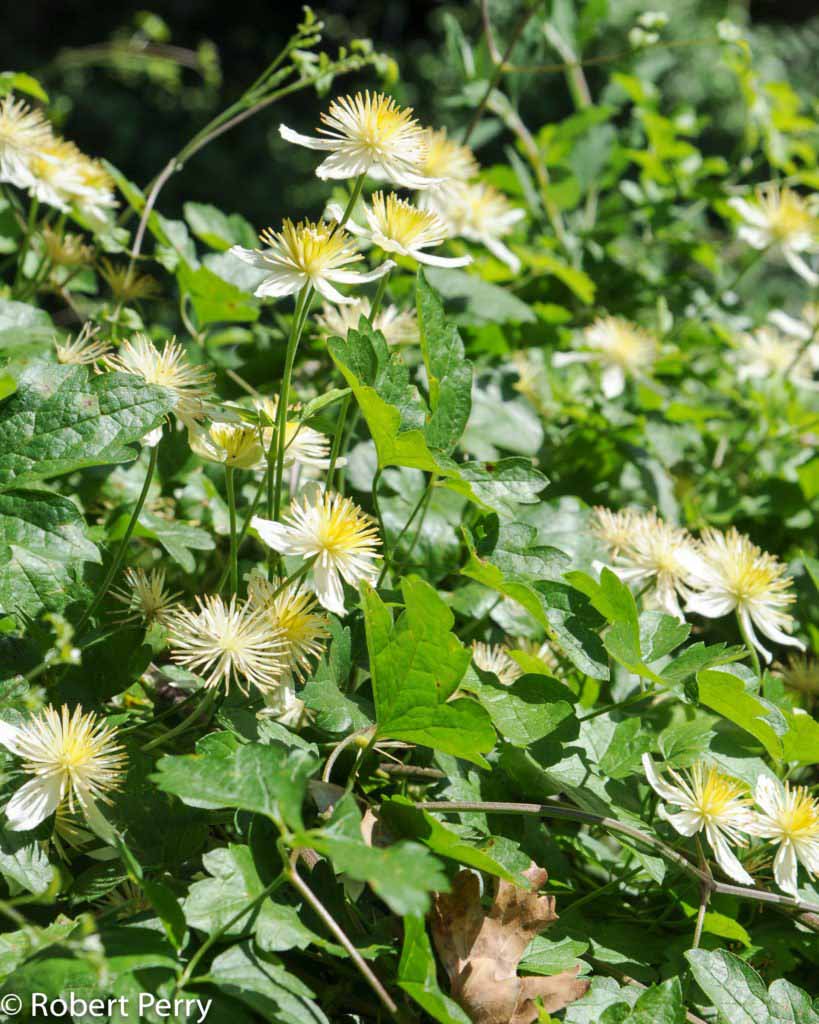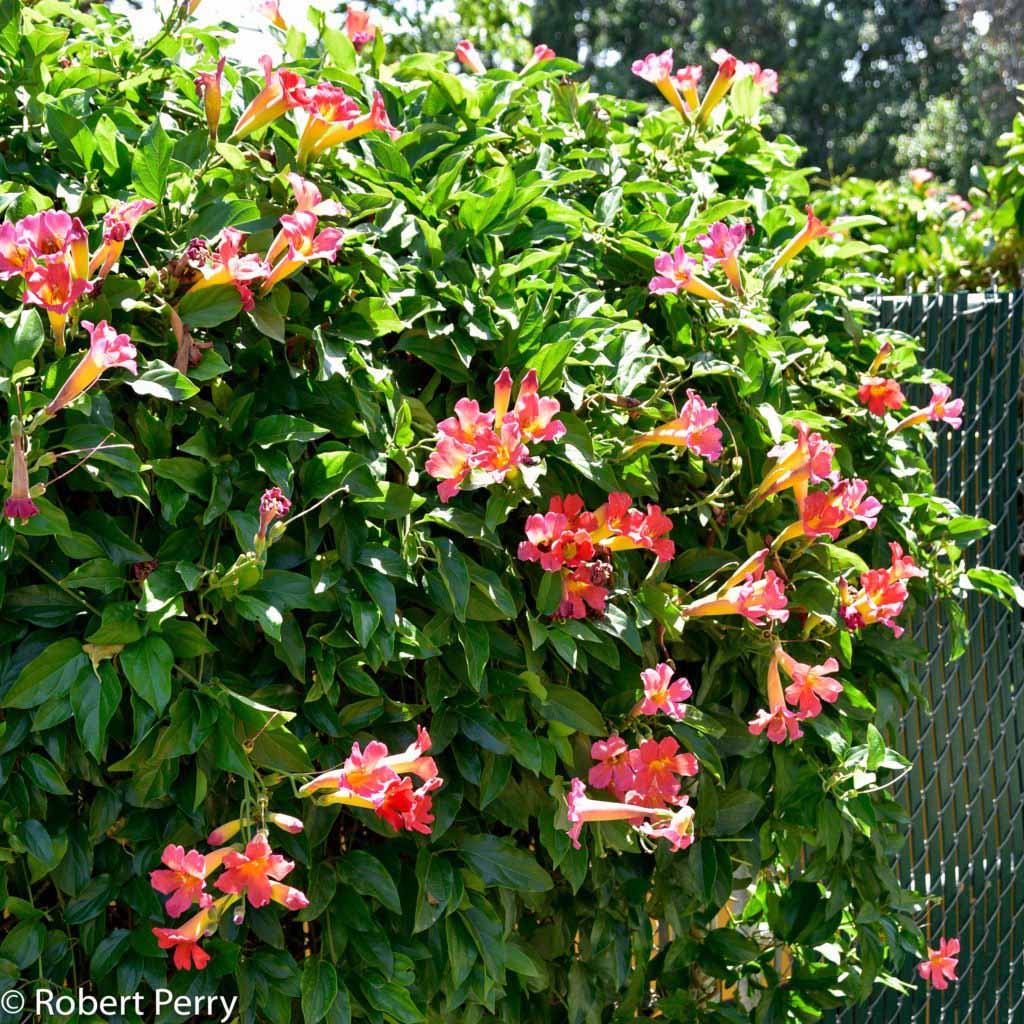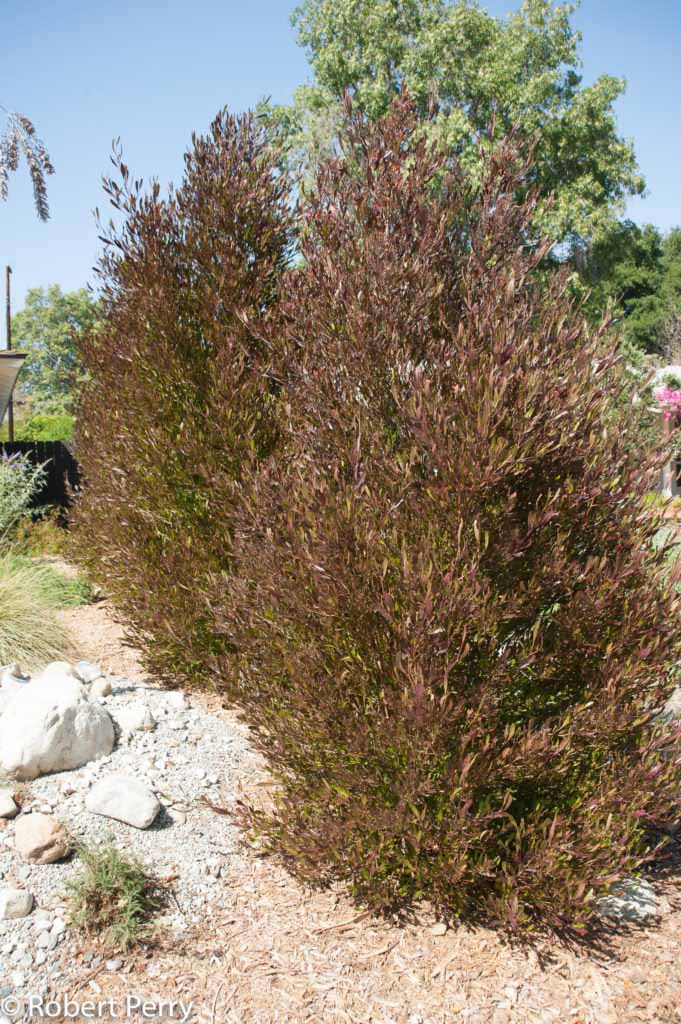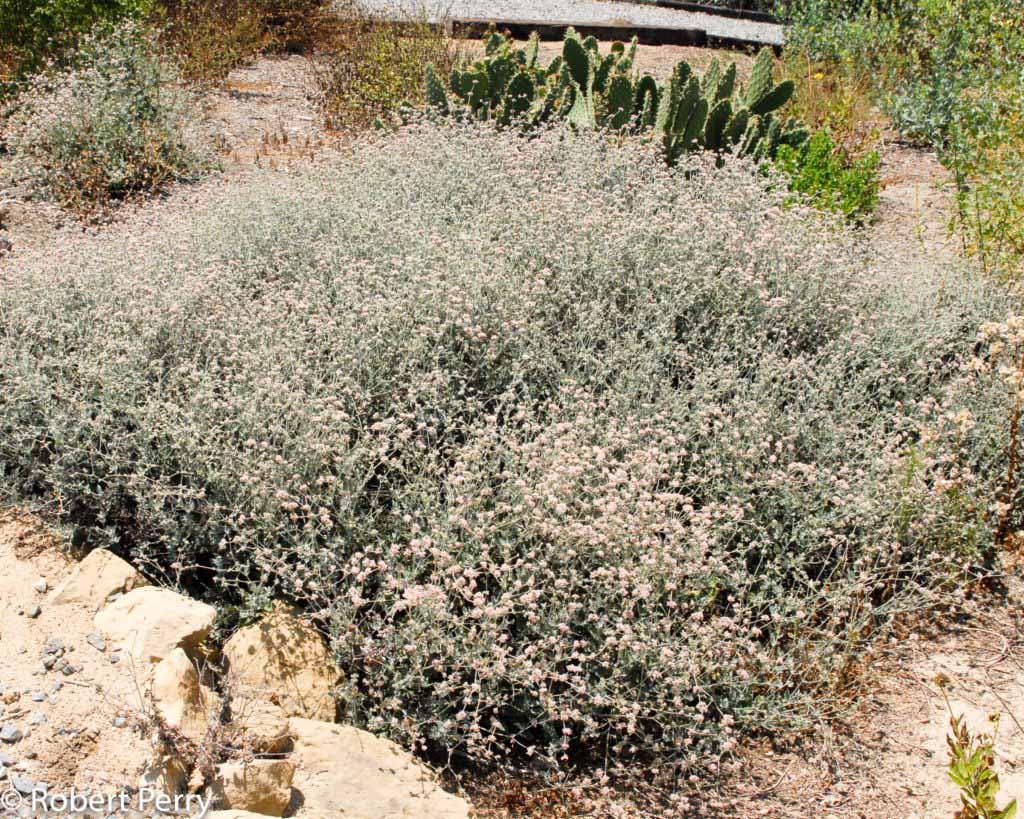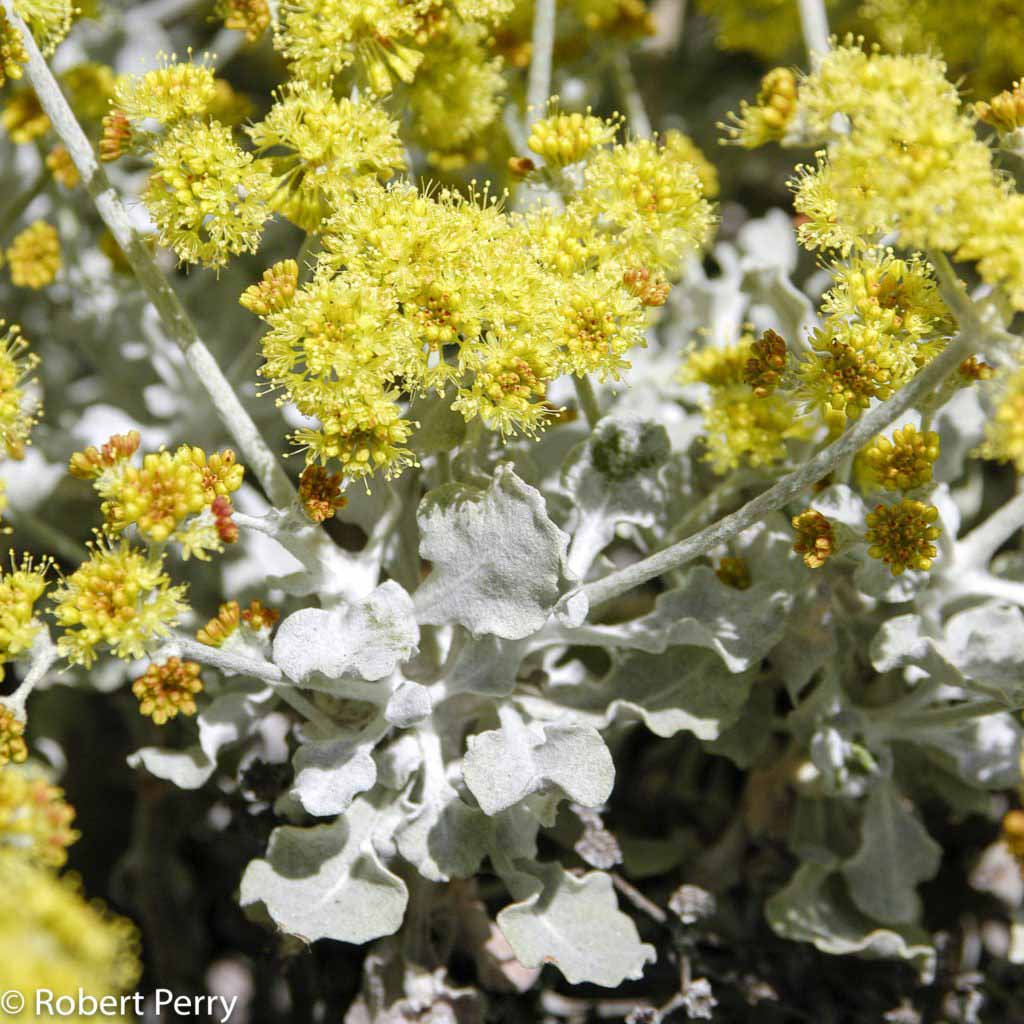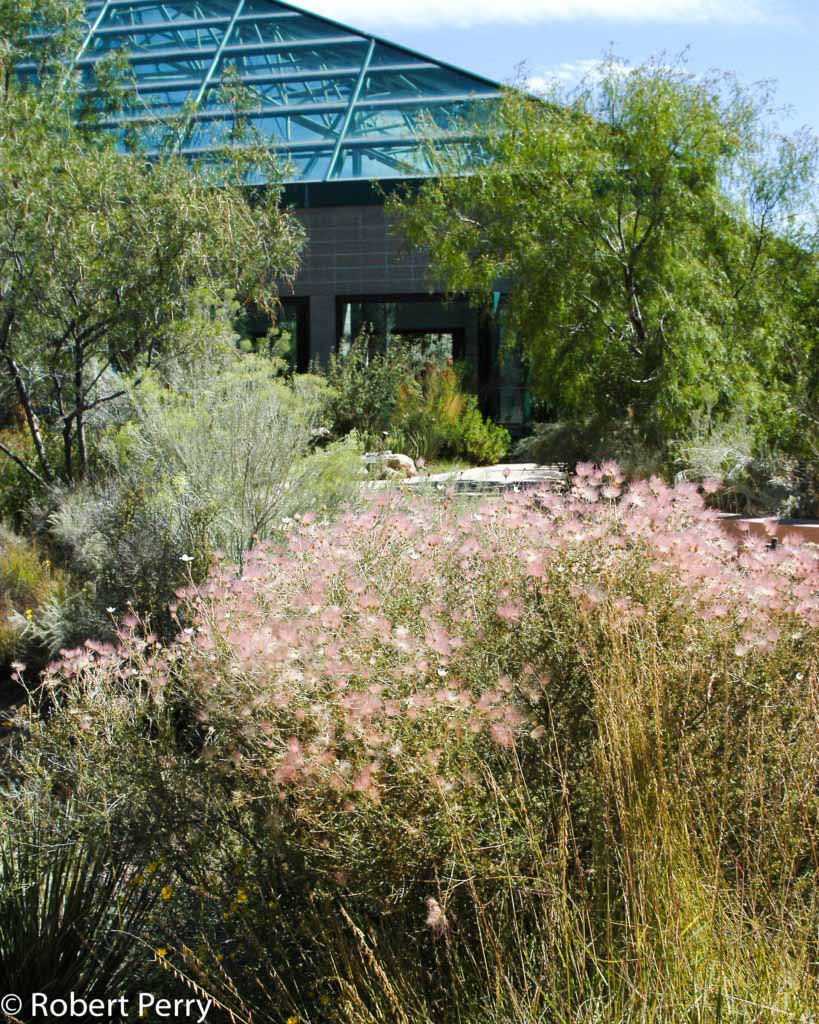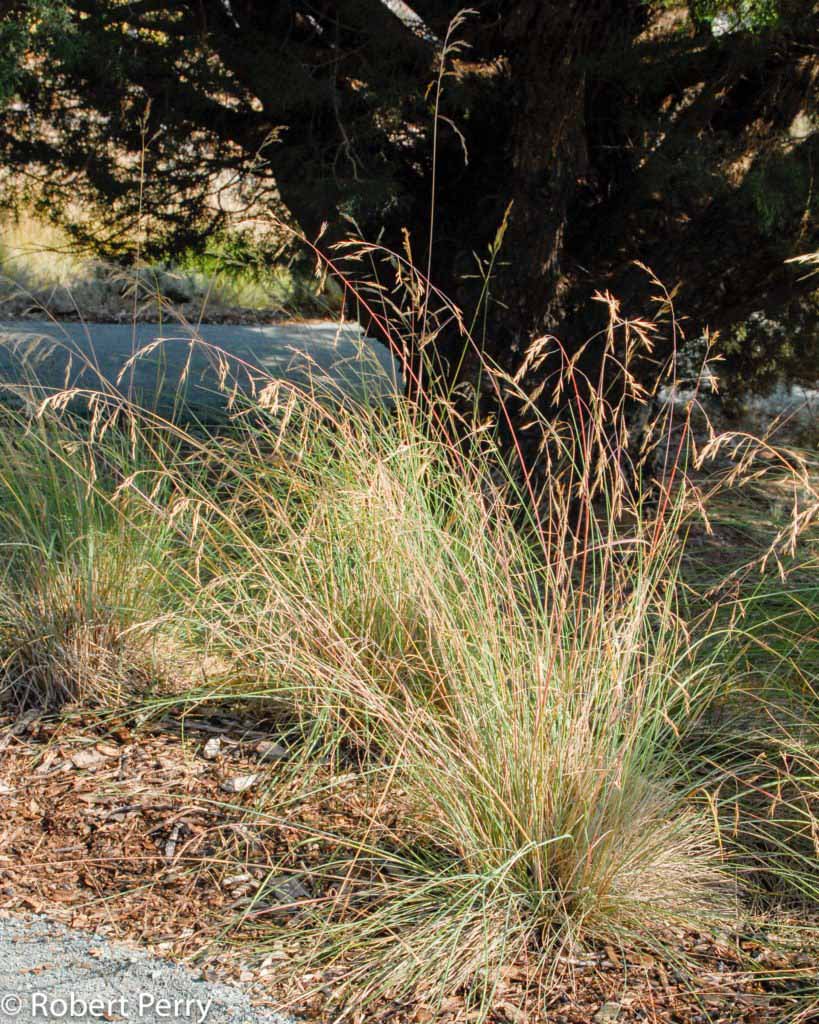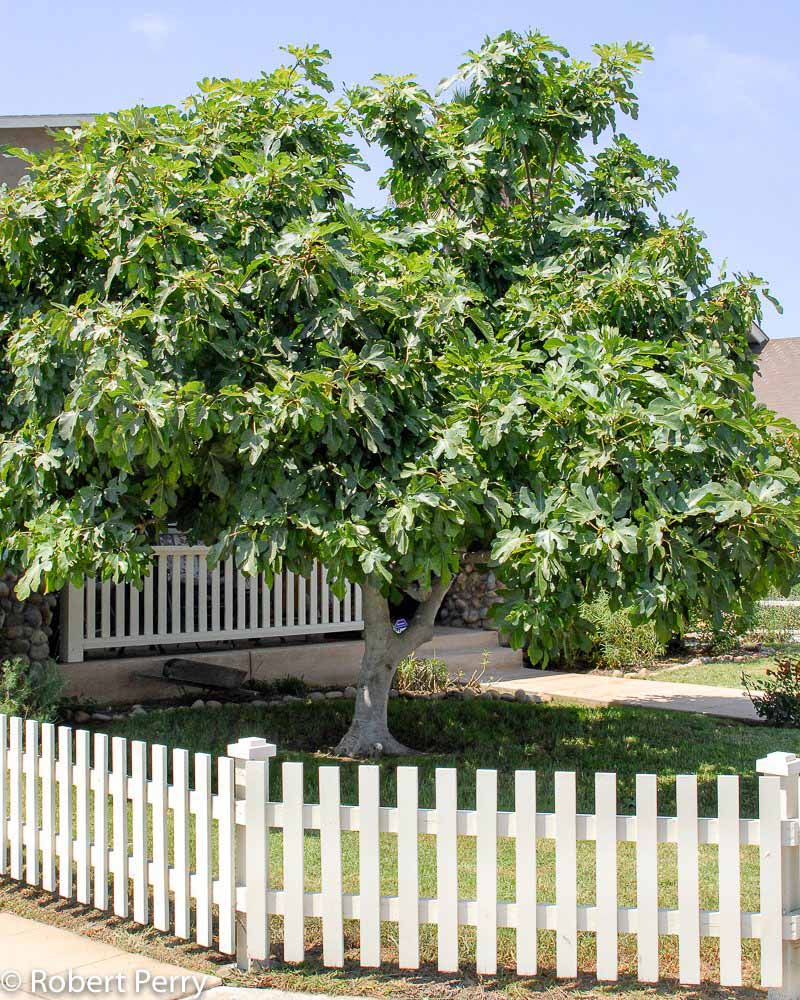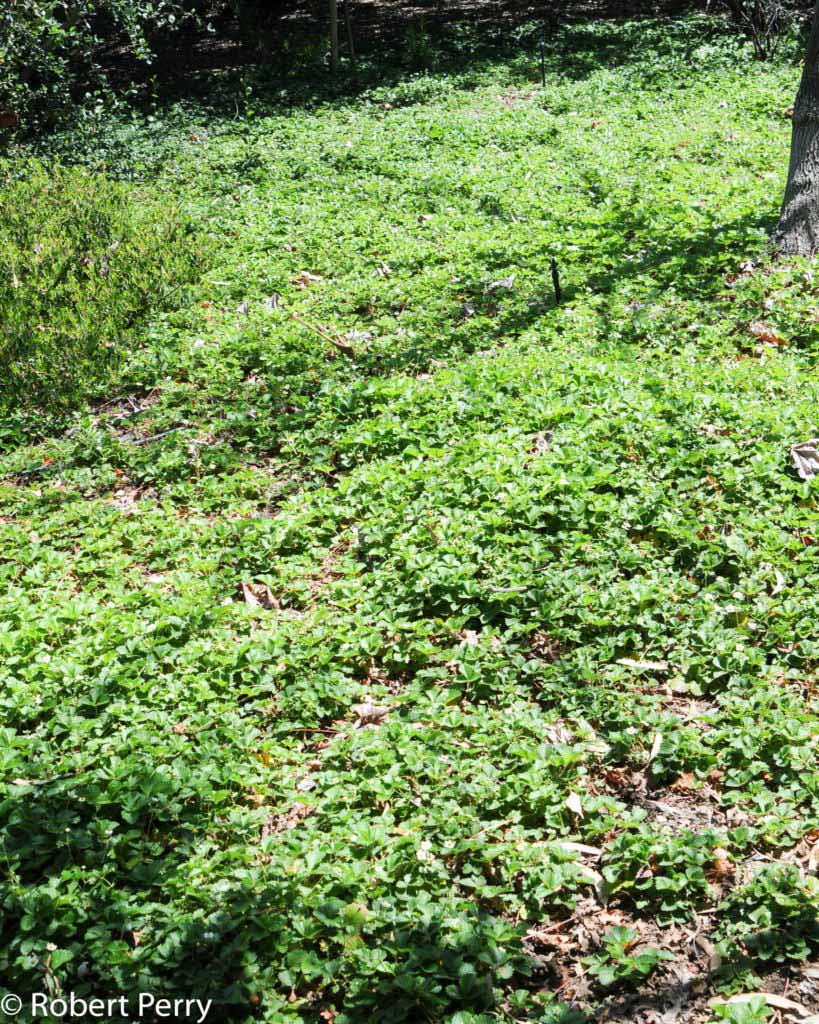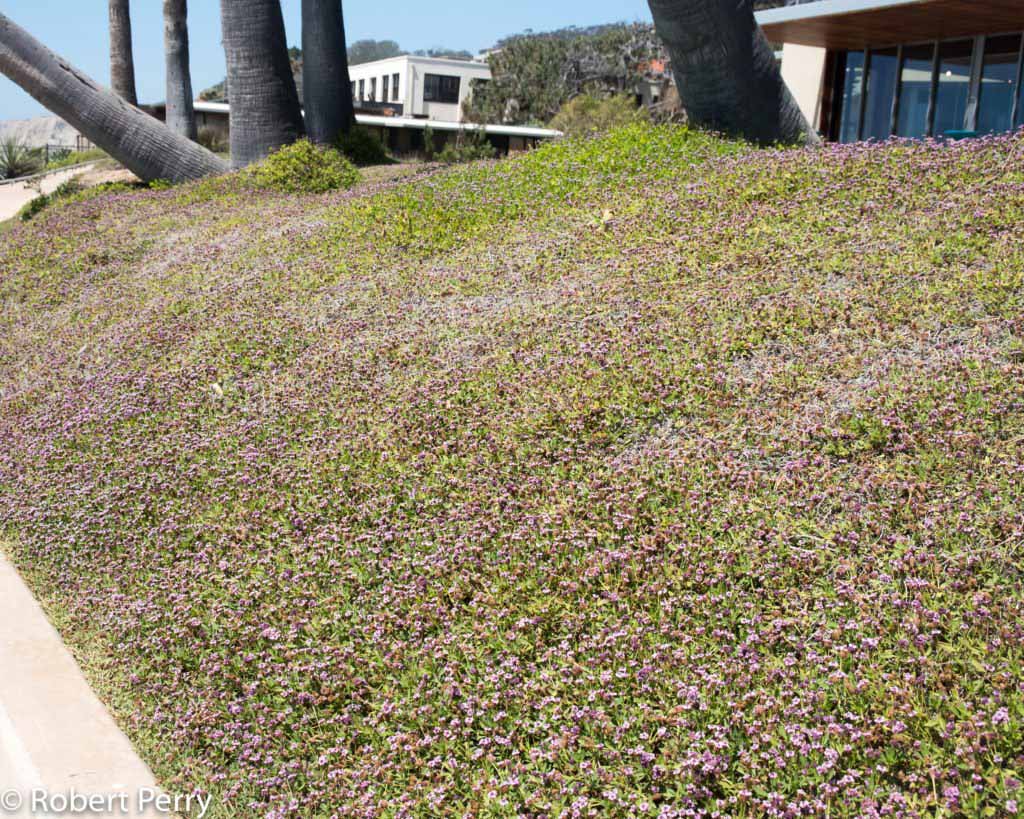Chaparral clematis
The Chaparral clematis is native to the dry foothills of California and Baja California. It is a deciduous vine that grows throughout the chaparral and oak woodland plant communities where it climbs on top of surrounding plants for sunlight and support. Its stems can reach 12-18 ft. long; large numbers of small white flowers with […]
Chaparral clematis Read More »
